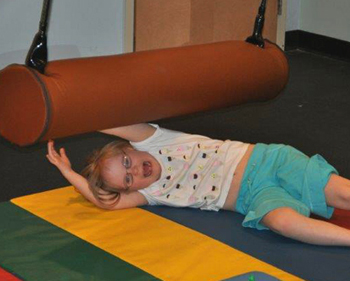
|
Pediatric Occupational, Physical, ABA/Behavioral, Feeding, Speech, and Language Therapies Main Clinic: 931-372-2567 1445 East 10th Street Cookeville, TN 38501 Email: [email protected] HIPAA Secure Email: [email protected] Fax: (931) 372-2572 ABA Clinic: 931-201-9534 400 Dubois Road Cookeville, TN 38501 Email: [email protected] Please call today to get started! Most insurances accepted! |

|
| Who needs therapy? | SE HABLA ESPAÑOL |
SID Sensory Difficulties
Children with SID often display very specific sensory difficulties as follows:
-
Auditory
Responds negatively to unexpected or loud noises
Holds hands over ears
Cannot filter out background noise
Seems oblivious within an active environment
Visual
Prefers to be in the dark
Hesitates going up and down steps
Avoids bright lights
Stares intensely at people or objects
Avoids eye contact
Taste/Smell
Avoids certain tastes/smells that are typically part of children's diets
Routinely smells nonfood objects
Seeks out certain tastes or smells
Does not seem to smell strong odors
Body Position
Continually seeks out all kinds of movement activities
Hangs on other people, furniture, objects, even in familiar situations
Seems to have weak muscles, tires easily, has poor endurance
Walks on toes
Movement
Becomes anxious or distressed when feet leave the ground
Avoids climbing or jumping
Avoids playground equipment
Seeks all kinds of movement and this interferes with daily life
Takes excessive risks while playing, has no safety awareness
Touch
Avoids getting messy in glue, sand, finger paint, tape
Is sensitive to certain fabrics (clothing, bedding)
Touches people and objects at an irritating level
Avoids going barefoot, especially in grass or sand
Has decreased awareness of pain or temperature
Attention, Behavior
And Social
Jumps from one activity to another frequently and it interferes with play
Has difficulty paying attention
Is overly affectionate with others
Seems anxious
Is accident prone
Has difficulty making friends, does not express emotions
Related Topics: Site empowered by
WebOnTheFly